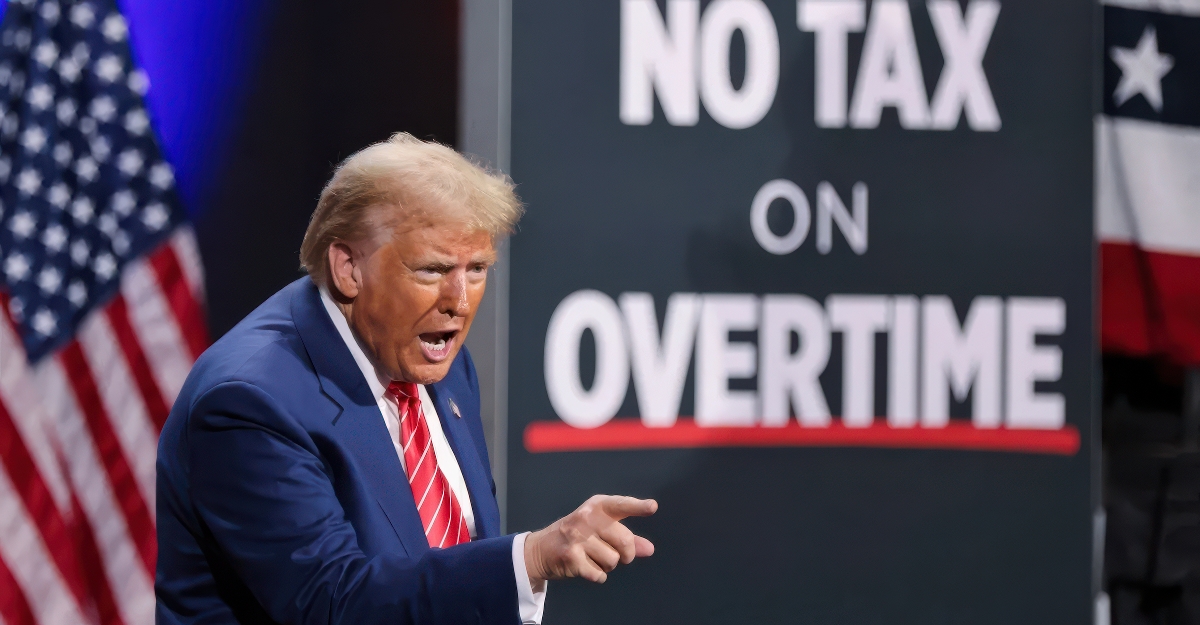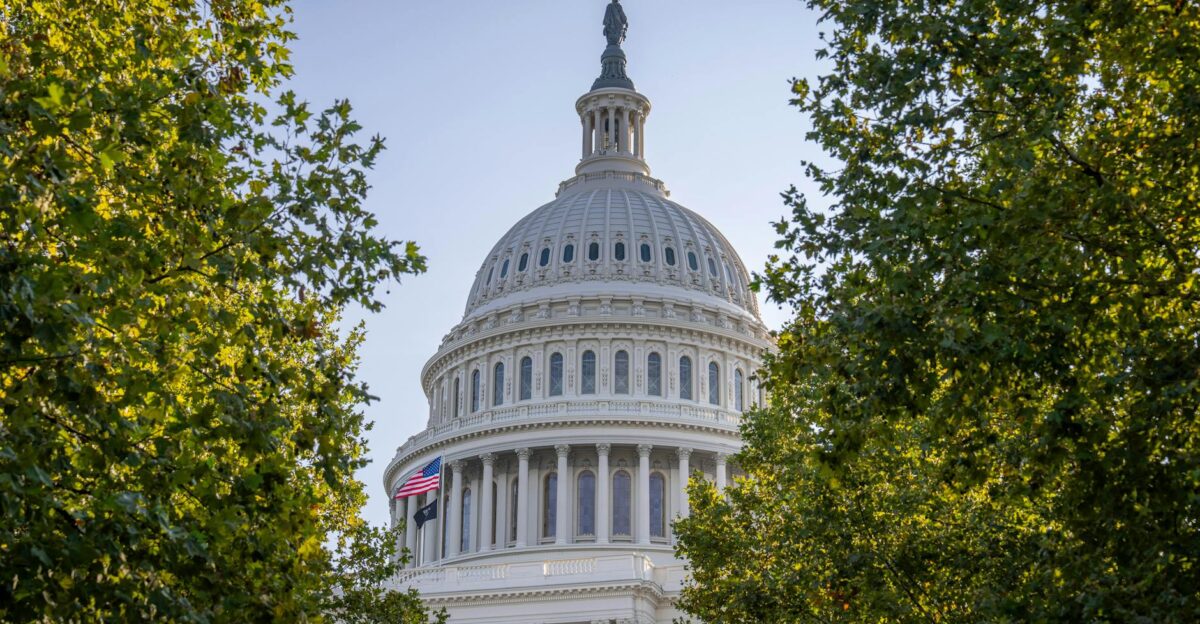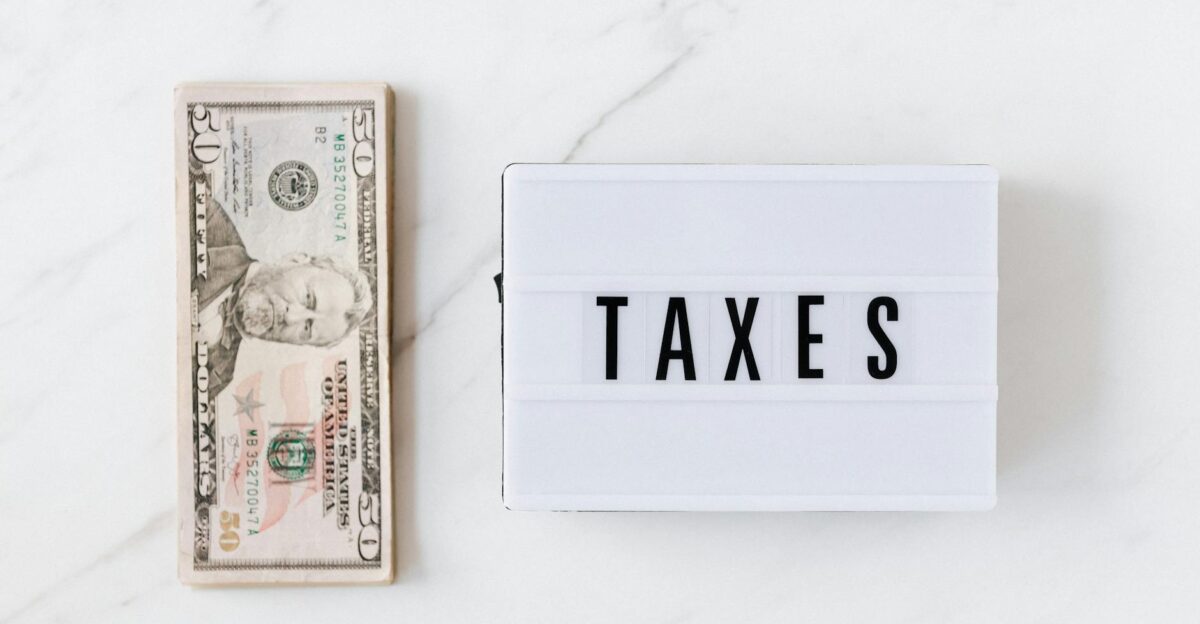
President Trump delivered a central campaign promise by signing the One Big Beautiful Bill Act on July 4, 2025. He framed the overtime deduction at the White House ceremony as “a historic step for working Americans.”
The measure lets some employees exclude part of their overtime pay from federal income tax. Supporters hailed it as overdue relief, while critics warned that expectations were set too high.
Deduction, Not Elimination of Taxes

Despite its branding, the new provision does not eliminate all taxes on overtime pay. Instead, it allows eligible workers to deduct up to $12,500 for individuals or $25,000 for joint filers in qualified overtime compensation from their federal taxable income.
This deduction applies only to the overtime premium—typically the ‘extra half’ mandated under federal law—and phases out for higher-income earners. According to official IRS and Treasury Department guidance, this is not a blanket exemption and only applies to those meeting specific criteria.
Eligibility Leaves Out Entire Industries

Most hourly, non-exempt employees qualify, but industries with separate federal labor agreements—such as airlines, railroads, and some transit jobs—are excluded. Labor unions criticized the carve-out, saying their members “work some of the longest and hardest hours.”
Lawmakers countered that existing federal contracts made it legally complex to include every sector, leaving future negotiations open.
High Earners Face Phase-Out

The law is targeted at middle-income households. The deduction is gradually reduced for single filers earning more than $150,000, with a complete phase-out at higher levels.
Couples filing jointly begin to lose benefits at $300,000. According to the Joint Committee on Taxation, the thresholds were designed to keep the deduction from primarily benefiting wealthier taxpayers.
Only Overtime Premiums Count

Workers cannot deduct their entire overtime paychecks. Only the “premium” portion—the extra 50 percent above regular wages—qualifies. Regular base pay remains taxable.
Tax experts interviewed by CNBC stressed this point, noting many workers were surprised their full overtime earnings did not qualify. Payroll taxes like Social Security and Medicare also remain untouched.
Caps Keep Savings Limited

Even heavy overtime earners hit a ceiling. The maximum deduction is $12,500 for individuals and $25,000 for couples annually. “The cap ensures costs don’t spiral,” a Senate aide explained during debate.
For employees logging extensive overtime, additional hours increase gross pay but no longer provide added tax relief.
Payroll Taxes Still Apply

Federal tax deductions lower only federal income taxes. Social Security and Medicare payroll taxes remain withheld from all wages, including overtime. State income taxes may also apply, depending on jurisdiction.
According to Mark Steber, Chief Tax Officer at Jackson Hewitt, “Other taxes, such as Social Security and Medicare, are still withheld, so workers shouldn’t expect their entire overtime pay to be free from deductions. The actual increase in take-home pay may be modest due to these continued withholdings”.
IRS Issues Strict Reporting Rules

Due to recent tax law changes, the IRS now requires employers to report eligible overtime pay separately on annual wage statements, such as W-2 forms. While transitional reporting for the 2025 tax year may not reflect this on the W-2 itself, employers must maintain accurate, clear records of qualified overtime for workers to claim the deduction.
Payroll providers are preparing for these midyear changes, which industry experts describe as among the most significant compliance shifts in decades.
Temporary Law, Built to Expire

The measure is retroactive to January 1, 2025, and ends December 31, 2028. Without Congressional action, it disappears. The White House has floated the idea of permanency, but no bill has been introduced.
“There is no automatic renewal,” Treasury officials confirmed, leaving the provision’s future uncertain.
Unionized Overtime Often Excluded

Union-heavy sectors may see little change. Transit, airline, and rail employees—many of whom depend on overtime—are not eligible because of separate labor rules. Union leaders have called the exclusion “a betrayal of campaign promises.”
Some lawmakers have suggested these carve-outs could be revisited if Congress debates an extension in 2028.
How It Plays Out for Workers

Consider a worker earning $30,000 plus $5,000 in overtime premiums. The $5,000 overtime is deducted, lowering taxable income. Combined with the standard deduction, this results in a modest but noticeable tax cut—not a sweeping change.
Analysts say examples like this illustrate both the value and the limits of the law.
Why Low-Income Workers May Not Gain

Many low-income workers have little to gain from the overtime tax deduction because their federal income tax liability is often already reduced to zero through the standard deduction and tax credits.
Elaine Maag, a senior fellow at the Urban-Brookings Tax Policy Center, has stated that if a worker owes no income tax, this new law will not generate a refund for them.
Supporters Highlight Productivity Gains

The White House argues that the law will encourage employees to take extra shifts. Trump said, “It rewards those who work hard and give more.” Administration estimates suggest the average worker could save $1,400 to $1,750 annually.
Economists aligned with the administration say it could slightly boost workforce participation.
Critics Warn of Overpromising

Workers and advocacy groups claim the campaign messaging raised unrealistic expectations. “It was sold as no taxes on overtime, and that’s not what this is,” one factory worker told Reuters.
Critics argue the framing created a gap between the law’s political branding and its actual impact on paychecks.
Trump Frames It as Middle-Class Relief

Trump has consistently positioned the law as a middle-class victory. At the signing, he declared, “This is about helping families keep more of what they earn.”
While avoiding the phrase “tax-free overtime” in official remarks, he emphasized fairness and the idea that working longer hours should come with a greater financial reward.
Businesses Face Compliance Burdens

Companies must update payroll systems, reclassify pay, and ensure proper IRS reporting. The U.S. Chamber of Commerce said the changes “carry administrative costs, especially for small businesses.”
Larger firms may find compliance easier with advanced payroll software, but many midsize employers are navigating added complexity for the first time.
How Congress Struck a Deal

Negotiations stretched for months. House Democrats pushed for broader eligibility, while Senate Republicans demanded strict income caps. The final compromise targeted the deduction to middle-income households while limiting fiscal exposure.
Analysts at Brookings described the outcome as “a politically popular but carefully narrowed policy.”
Deficit Concerns Shadow the Law

For many low-income workers, the deduction does little, as standard deductions and credits often erase their federal income tax liability. The Congressional Budget Office estimates the overtime deduction will add about $89 billion to federal deficits between 2025 and 2028—around $22 billion per year, not $3 billion.
Critics argue this relief is too modest to justify the fiscal impact. Marc Goldwein of the Committee for a Responsible Federal Budget has noted, “This is a feel-good policy with a very real budget cost”
Extension Debate Already Brewing

The 2028 sunset date for the federal overtime deduction is expected to spark intense debate in Congress. Republicans are advocating that the policy become permanent, calling it vital middle-class relief. At the same time, Democrats warn that extending the deduction could worsen long-term deficits unless paired with new revenue.
Senator Elizabeth Warren and other policymakers argue that any extension should be offset with revenue. This looming fight could shape the next major tax battle in Congress.
What Workers Should Do Next

The 2028 sunset date for the deduction is already sparking policy debate. Tax professionals strongly encourage employees to track overtime hours and review employer documentation closely, as eligibility depends on accurate records and IRS requirements.
Tax authorities often recommend consulting an advisor to avoid costly mistakes. This law offers meaningful but modest tax relief for most workers—far from the sweeping exemption many initially expected.
The Bigger Picture for U.S. Tax Policy

The overtime deduction highlights broader tensions in U.S. tax debates: how to provide targeted relief without ballooning deficits. It also highlights how campaign slogans can outpace legislative details.
Economists say the measure reflects a larger trend of tailoring tax breaks to specific income groups, a pattern likely to shape the battles ahead.